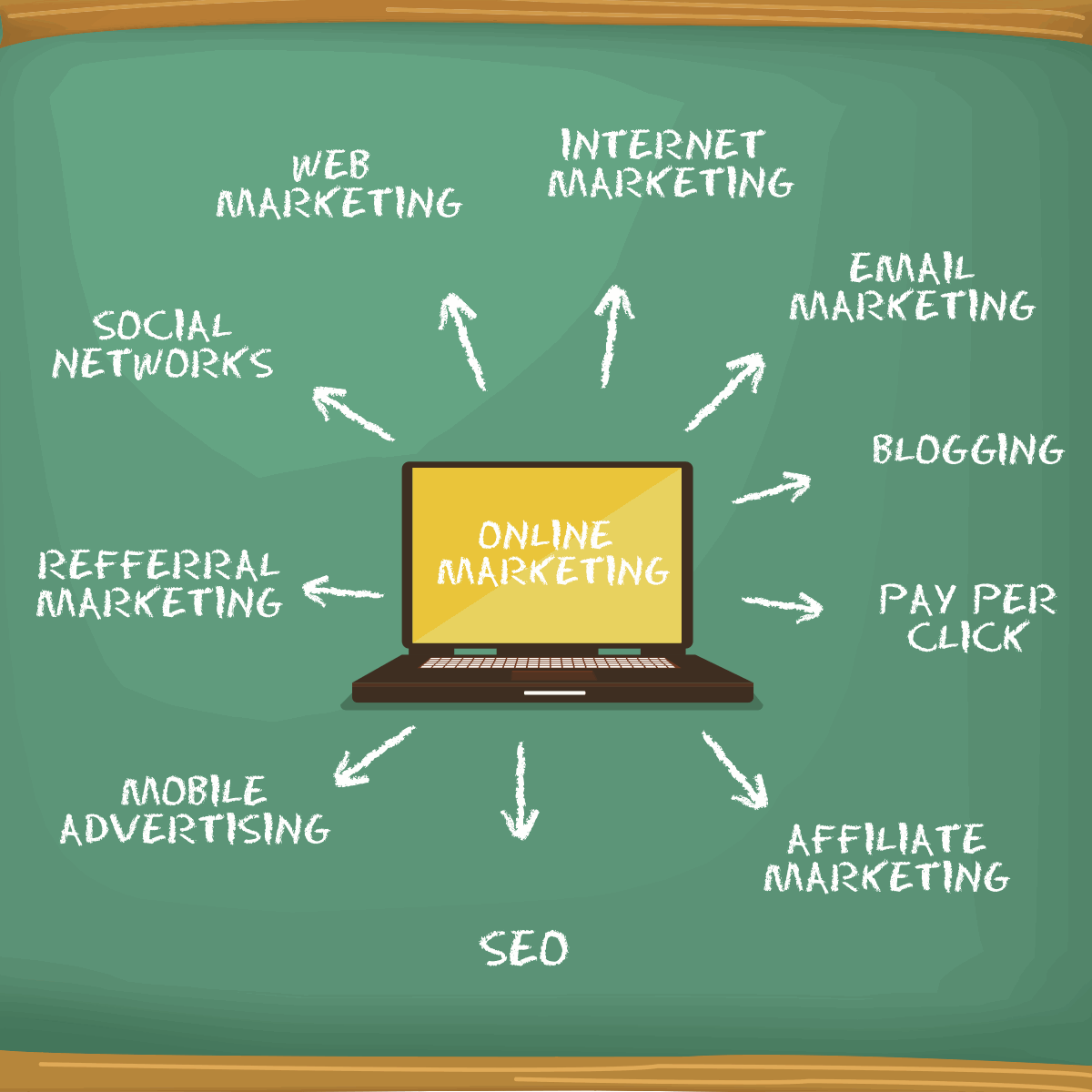A list of the most common mistakes made in the process of selling the medium. Can anything be done about it now?
Once upon a time, a 25-year-old carrying an expensive laptop, walked into the cabin of a 40 plus marketing head of an FMCG company.
The marketing head seemed a little confused as the man with the laptop greeted him, handing him a card which read “Vice President – Revenue”. The marketing head and his team were bombarded with a colourful presentation of digital ad formats, internet statistics and reasons why digital advertising is way much cooler than any other form of advertising.
As the marketer tried to digest the information, he was hit by acronyms like CPM, CTR, CPC and CPL. He was possibly too embarrassed to ask what they stood for. Nevertheless, he nodded through the presentation and after a yawn or two in the middle, he disclosed that his budget for a digital marketing campaign was Rs 10 lakh. He agreed to part with half of it on a CPC (cost per click) model, demanding at least Rs 5 per response as the metric for the campaign. The young agency executive shrugged to that as a done deal, shut the laptop and walked out the cabin with a feeling of achievement.
Both sides were happy. The executive was closer to his quarterly target; the marketing head because he could count on 100,000 hits on his soon-to-be-launched brand microsite. The question is: if both sides are happy, why is there a problem in how digital advertising is sold?
To understand this better, let’s look back to what led to the marketing head call the digital agency lead to his office. We are in the year 2013. Facebook India has over 65 million users, YouTube has multi-billion video views a month, all known and not-so-known celebrities have their Twitter handles. There is so much noise about digital advertising that you cannot ‘not’ hear it.
Marketing heads are under pressure from their international headquarters to allocate a certain portion of their budgets to digital, because apparently their competition has just disclosed how well the internet has worked for them for their new product launch. And then, of course, none of the brands want to be seen as an old and outdated by not adopting digital advertising. Now the marketing head has a mandate to allocate some percentage of his marketing spends to digital advertising. And that’s when the call was taken to add ‘digital’ in the marketing budget.
I feel the problem lies in what digital was perceived to be in the above (hypothetical) scenario. After spending some years in the business, I have realised the mistakes we have made in selling this medium to our advertisers:
1. Digital advertising has always been an after-thought in the media plan: Usually digital is expected to be happy with the residual marketing budget, after allocation of spends in television, print, radio and even outdoor. Usually the digital spend is a small percentage of the overall marketing budget, hence advertisers don’t bother with execution till the very end. One reason for this could also be that digital has always been sold as an ‘easy to go live with’ medium. So maybe the thought is: why bother about the execution till the very end? Digital is almost never part of the overall brand strategy but is treated more like last-moment frills.
2. We try to over complicate the medium with complex metrics: Ask a hundred digital sales executives, ‘What is one of the biggest strength of digital advertising’? I bet the maximum answers would be, ‘It helps you track your ROI till the very last paisa with metrics like CPC, CPL, CPA.’ I feel this has become one of the biggest weaknesses for the medium, because marketers only look for ROI thru clicks received or leads generated and leave other important things like brand building to a glamorous medium like television. This is because marketers and digital executives do not usually speak the same language.
3. We try to de-sell other mediums to upsell ourselves and we fall flat on our face: As someone rightly said, 50 per cent of your advertising is a waste – the problem is to figure out which 50 per cent. Now if digital executives think the biggest strength of digital advertising is tracking spends, then our easiest pitch would be to de-sell any medium that cannot do this. But this has been tried and tested, with limited success. Advertising isn’t only about tracking spends, but about building brands. Maybe that’s why there are not many examples of brands built solely through digital advertising.
4. We do not look beyond our circle: There are two kinds of marketers for us – those who have a digital background and understand the medium; the rest don’t. The problem is that usually those who do not get it, are the ones sitting with a bigger chunk of money for their brand building and are generously spending on so-called traditional media. Unfortunately, for us unless these two kinds of marketers come together, the much awaited tipping point in digital advertising won’t be reached.
5. The industry structure is too complex: We have digital design agencies, search marketing folks, social media experts, ad networks and others. I think, for an industry of our size in terms of spends, our structure is very complex and that puts advertisers off. The idea of dealing with multiple agencies for less than 5 per cent of one’s budget is not a welcoming thought. Usually the brand appoints its lead agency to hire these smaller agencies, on the basis of who bids the lowest for the clicks or likes or leads, which are traded as commodities. All this for the sake of extending a client’s offline campaign online, which is commonly referred to as ‘integration of media’.
These are some of the mis-steps made in the process of selling digital in India. The matter can be solved but the first step towards doing that is to agree that there is indeed a problem. I am not sure how many people will agree that we have a problem in the way we look at digital. It is easier to blame the marketing heads, brand managers or traditional agencies as being the gatekeepers, who do not allow the digital advertising’s party to start in India.
 Deep Malhotra is the Founder and Managing Partner of Gemini New Media Ventures & Co-Founder of Gemideals.com and has earlier worked with Google, Myspace, Rediff and Onmag.com. Can be reached out at: Twitter: @DeepMalhotra / Linkedin: in.linkedin.com/in/deepmalhotra/ / Email: deep@imgemini.com
Deep Malhotra is the Founder and Managing Partner of Gemini New Media Ventures & Co-Founder of Gemideals.com and has earlier worked with Google, Myspace, Rediff and Onmag.com. Can be reached out at: Twitter: @DeepMalhotra / Linkedin: in.linkedin.com/in/deepmalhotra/ / Email: deep@imgemini.com
Article earlier published on: Afaqs.com
Link: https://www.afaqs.com/news/story/37281_Guest-Article:-How-we-sold-digital-advertising-wrong-in-India






Jitendra Gursingh
Agree wholeheartedly..Digital Advertising has just become another complicated form of advertising & the only way to differentiate it from the so-called traditional media is that it can actually be tracked. This ‘tracking’ has been made into such a huge differentiator that the entire business is focussed on ‘tracking’ without understanding what is to be tracked & what are the implications.
Pawan Deokule
Hey Deep,
Its been a long awaited heart felt explanation of the mess that has created an impasse in progress for our industry. Metrics has sold us into the hands of the accountant! Now your budget is decided on leads bought or how CPM and the other complicated jargon we use mostly to confuse marketers.
Einstein said, “If you can’t explain it simply, you don’t understand it well enough.” A lot of digital marketers have not been through prep school – a traditional agency that handles large brand business! Hence most of the newbies decided to use the easy route, use a differentiator that they dont have, irrespective of its importance with the traditional agencies.
Any old school advertiser will tell you that brand war campaigns using brand bashing techniques has never been a successful enterprise for any brand in the long run. Hence trying to put traditional agencies down by pointing out their flaws has led to advertisers sticking to the old partners when it comes to budgets. Digital has lost the 1700 crore battle on metrics!
You are right, it would be a start to accepting our flaws in order to progress.
Abhijeet Mahajan
hey Deep,
Well pointed out problems. Marketers actually focus on ROI, which we cannot say is completely wrong. Digital Advertising has its own set of complications and advantages. The problem here are actually the small agencies set by some guys who learn ” digital marketing” through some classes and think they can crack the code. People use so many black-hat-techniques in every aspects of Digital advertising just for the sake of showing the results that client actually hardly understands. The “brand thought” here is not involved. Even when we talk to the people teaching “Digital Marketing” so not understand what “branding” means.
The sad part is the complex reports and stats that can be generated from 100s of tools available create all together a different picture of Digital Advertising in minds of Clients and thus, the mindset to put digital advertising on residual budget sustains.
Hope, the articles like this and people like you go on to change the mindset of the market…!!!
Geetha Ravi
Spend per click- who clicks?Person who is not at all related to our product in any way.We are only spending per click without being able to control the spend to the target clients.We are spending the target set for the advertising amount to be spent.Where is the target audience?clicks are tracked.amount to be paid is tracked.
Deep Malhotra
@jitendra that’s right.. tracking USP is over sold & now it has pushed the digital advertising to the wall..not allowing it to grow at the right pace.
Deep Malhotra
@pawan thanks! as it is rightly said that once we start accepting our flaws, we will be close to find a solution..
Deep Malhotra
@abhijeet thanks! i guess we need more such articles, discussions & debates to understand the problem and then proceed towards a solution..currently many are still enjoying the metrics & ROI ride, ignoring how can brands be built thru digital..
Neharika Roy
Here’s what I think of digital marketing- as a person who spends a lot of time online. I hate it and I’m yet to know anyone who actually likes it. On most websites, I don’t even notice it anymore, because I’ve become so used to ignoring the ads. The only ads I’ve ever click on were on FB (and they were possibly for shoes). In all those cases, I never actually found the shoes that were advertised in the first place.
With the super targeted ads we get these days, I just feel creeped out. If there was an option to block out all ads from the internet, most people would avail of the feature.
I think the problem is that advertisers use the same kind of ads that they would use for print or tv advertisements. Most of the time I spend surfing the net, I’m looking for great content (whether it is in the form of an article, or a hilarious comic). If the advertisements could be incorporated into the content, I’m sure no one would mind.
Till now, only Google seems to be making a good job of the ads because when I search on Google I’m actually looking for something instead of having it thrust upon me when I’m watching a Youtube video.
Deep Malhotra
great feedback neharika for digital marketers to understand what the user wants..native advertising platforms are trying to solve the intrusion problem, but still very early days.